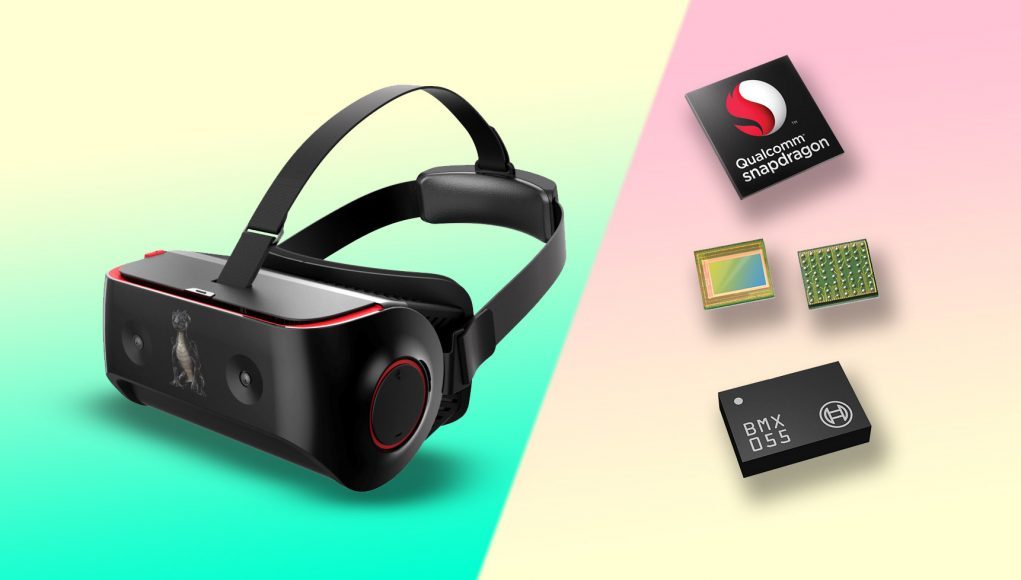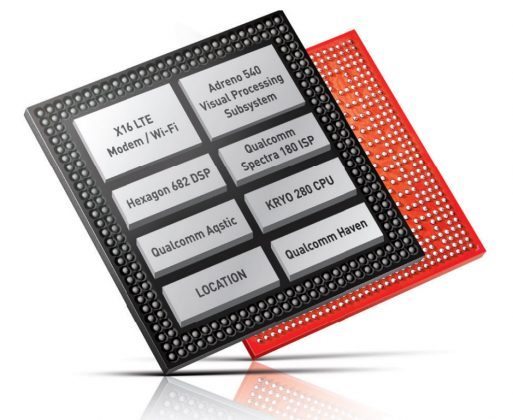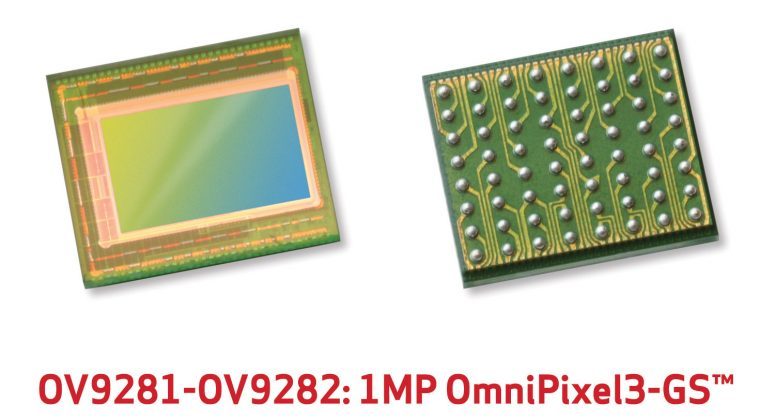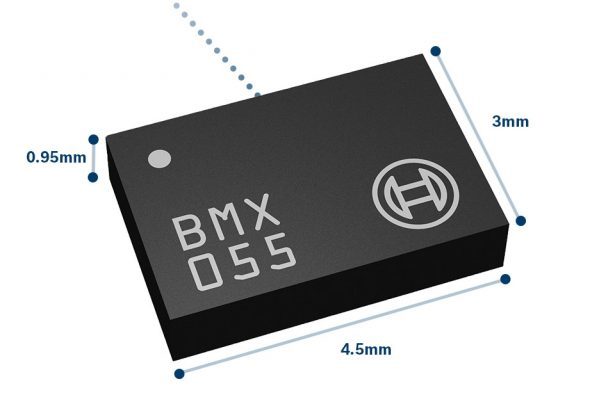Just about the only thing we know so far about the new Daydream standalone VR headsets in the works from HTC and Lenovo is that they are… in the works. Now however we’re getting a little more clarity about the hardware: both will be built around Qualcomm’s VR headset reference design.
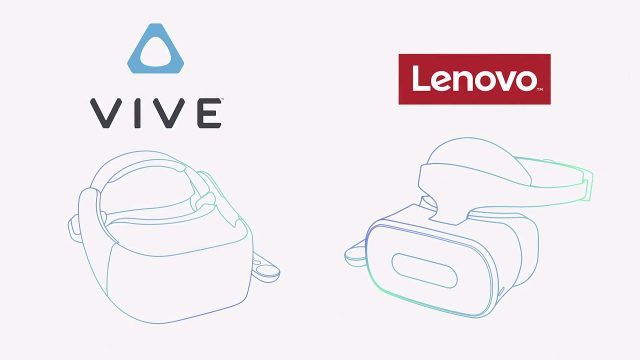 Qualcomm’s ‘VRDK’ is a reference device that the company has positioned to act as a foundation for consumer electronics makers to create their own headsets based on Qualcomm’s Snapdragon VR hardware. When developing the first prototype standalone Daydream headsets, Google based their work on the Qualcomm VRDK, and, subsequently, both HTC and Lenovo’s standalone Daydream headsets will be built on the same foundation.
Qualcomm’s ‘VRDK’ is a reference device that the company has positioned to act as a foundation for consumer electronics makers to create their own headsets based on Qualcomm’s Snapdragon VR hardware. When developing the first prototype standalone Daydream headsets, Google based their work on the Qualcomm VRDK, and, subsequently, both HTC and Lenovo’s standalone Daydream headsets will be built on the same foundation.
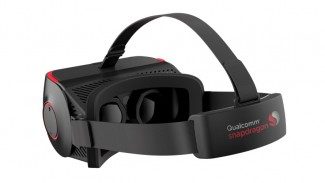
When I got my hands on the prototype Daydream standalone headset back at Google I/O in May, I was told that the headset was using year-old hardware, likely an older version of the VRDK based on Qualcomm’s Snapdragon 820 chip. Qualcomm says that the HTC Vive and Lenovo standalone headsets will be built around the latest version of the VRDK which uses the significantly more modern Snapdragon 835 chip.
This week Qualcomm has revealed some details about the specific components inside the latest VRDK.
The first of which is the Bosch BMX055 IMU for rotational tracking, including the classic trio of accelerometer, gyroscope, and magnetometer. To achieve positional tracking, the VRDK features on-board cameras which are backed by the OmniVision OV9282 global shutter image sensor which can capture 1,280 x 800 images at 120Hz, or 180Hz at 640 x 480. OmniVision specifically positions the OV9282 image sensor as ideal for VR headsets thanks to the low latency.
And while OmniVision and Bosch make the essential components that will be used for inside-out positional tracking on the Daydream standalone headsets, it’s our understanding that the impressive ‘WorldSense’ tracking algorithm is wholly developed by Google.
Between documentation and our discussions with Qualcomm we expect to see both the HTC and Lenovo Daydream headsets come with a 2,560 x 1,440 AMOLED screen at 90Hz, though the manufacturer is unclear. As for lenses, details are thin, but so far we’ve seen non-Fresnel lenses on the VRDK which Qualcomm says have a 100 degree field of view.
Presumably any of the components in the VRDK reference design could be tweaked or swapped for different parts, though with how quickly HTC and Lenovo are bringing their Daydream standalone headsets to market it isn’t clear how much they’d want to rock the boat in terms of essential hardware. I’m no expert when it comes to the process of turning a reference design into a commercial product, but I venture to guess that the display and lenses would be among the components most likely to be tweaked since they are major contributors to the end-user experience.
With similar (if not identical) components inside these headsets, one big question is what will differentiate them. Initially it seems the differences will largely be external (similar to two Android smartphones based on the same Snapdragon chip).
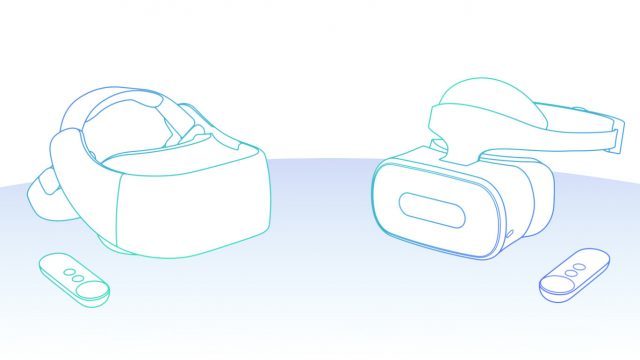 The teaser images we’ve seen for each headset show two very different approaches to the head-mount. Interestingly, neither design showed so far includes on-board headphones (which is definitely a scale-tipping feature). Additional accessories—which HTC has been quite aggressive about for the Vive desktop headset—could also be an early differentiator.
The teaser images we’ve seen for each headset show two very different approaches to the head-mount. Interestingly, neither design showed so far includes on-board headphones (which is definitely a scale-tipping feature). Additional accessories—which HTC has been quite aggressive about for the Vive desktop headset—could also be an early differentiator.
As standalone VR headsets mature in both content and hardware, we expect to differentiation between standalone Daydream headsets to grow, especially as more hardware manufacturers enter the arena.

